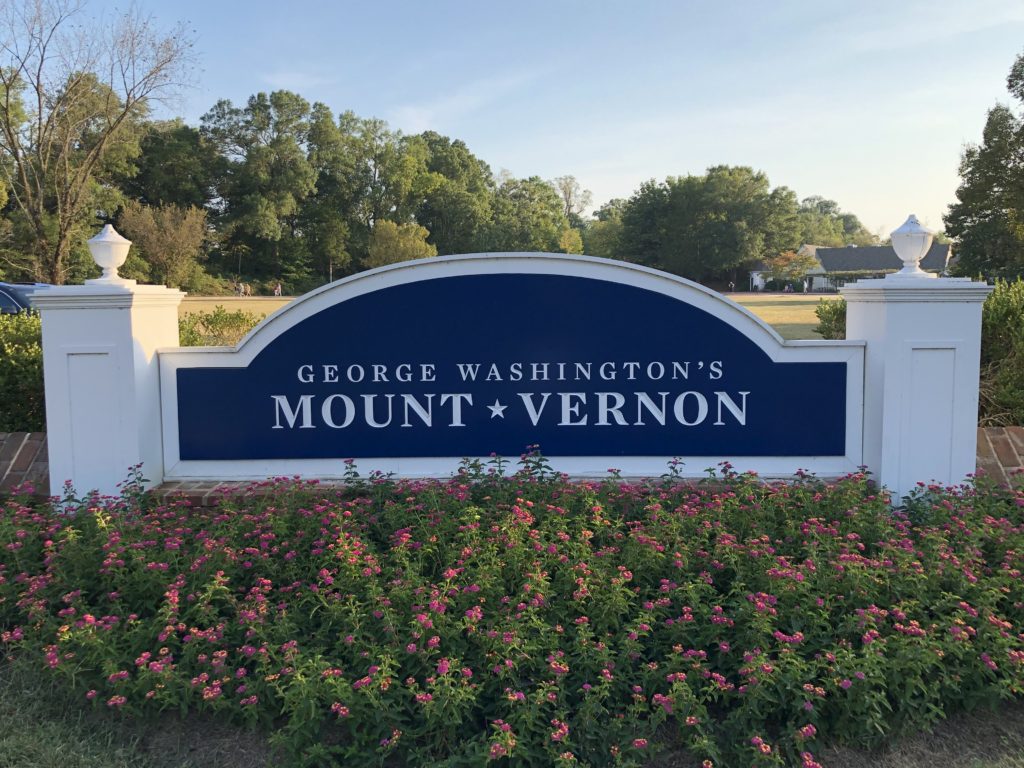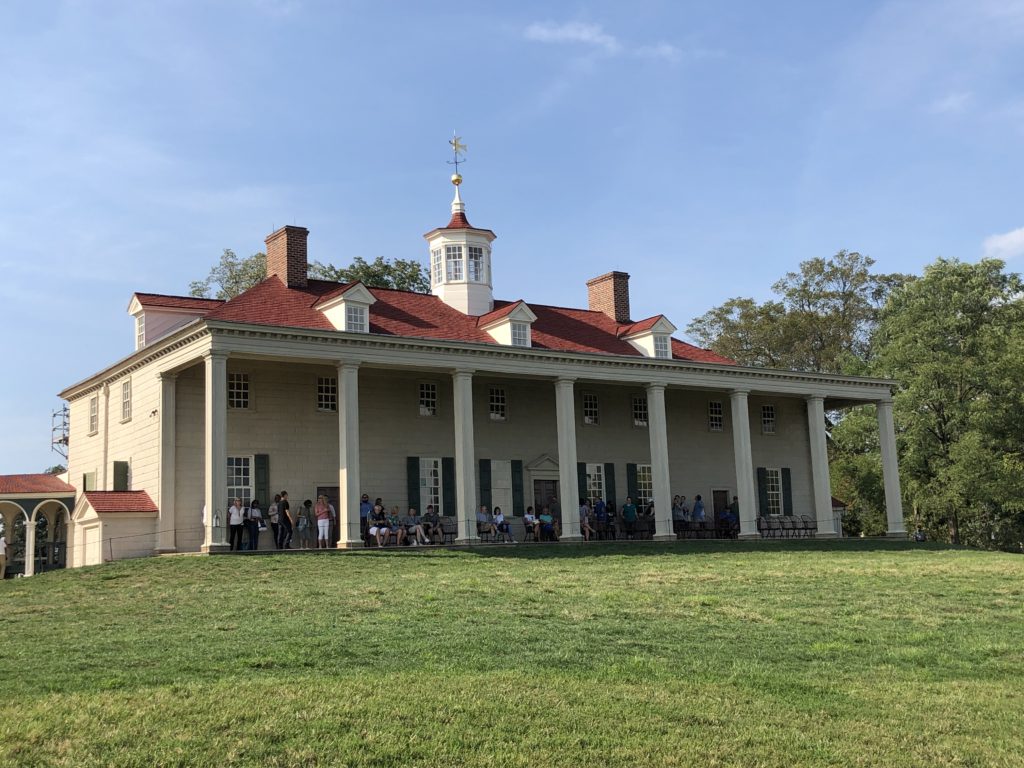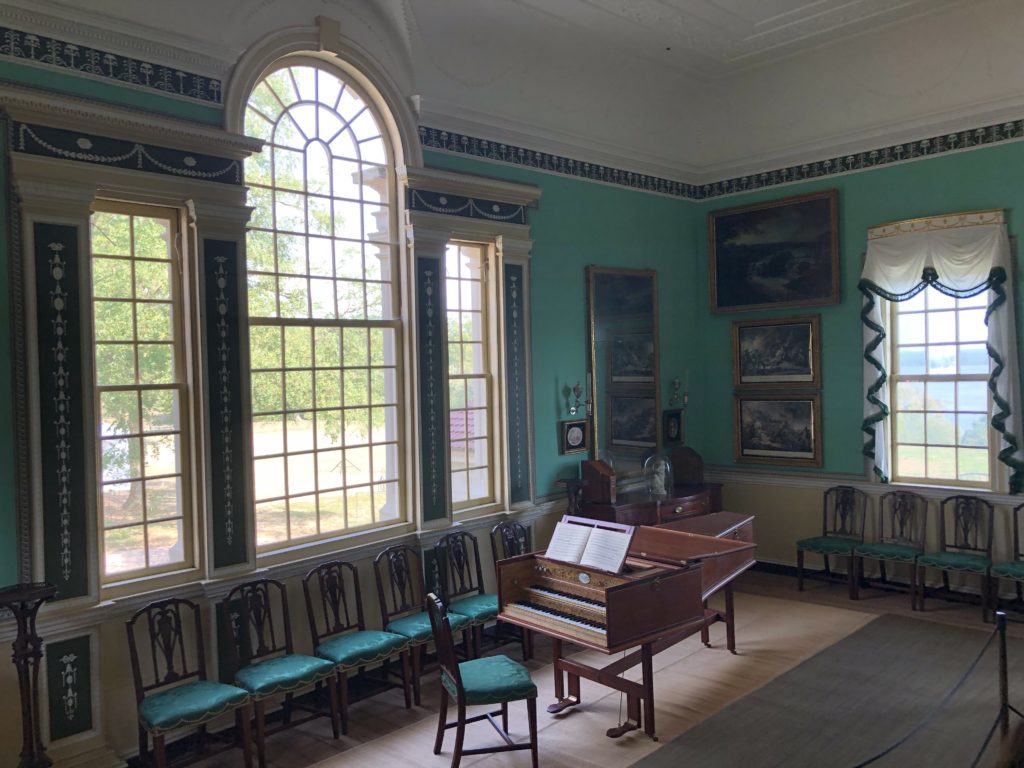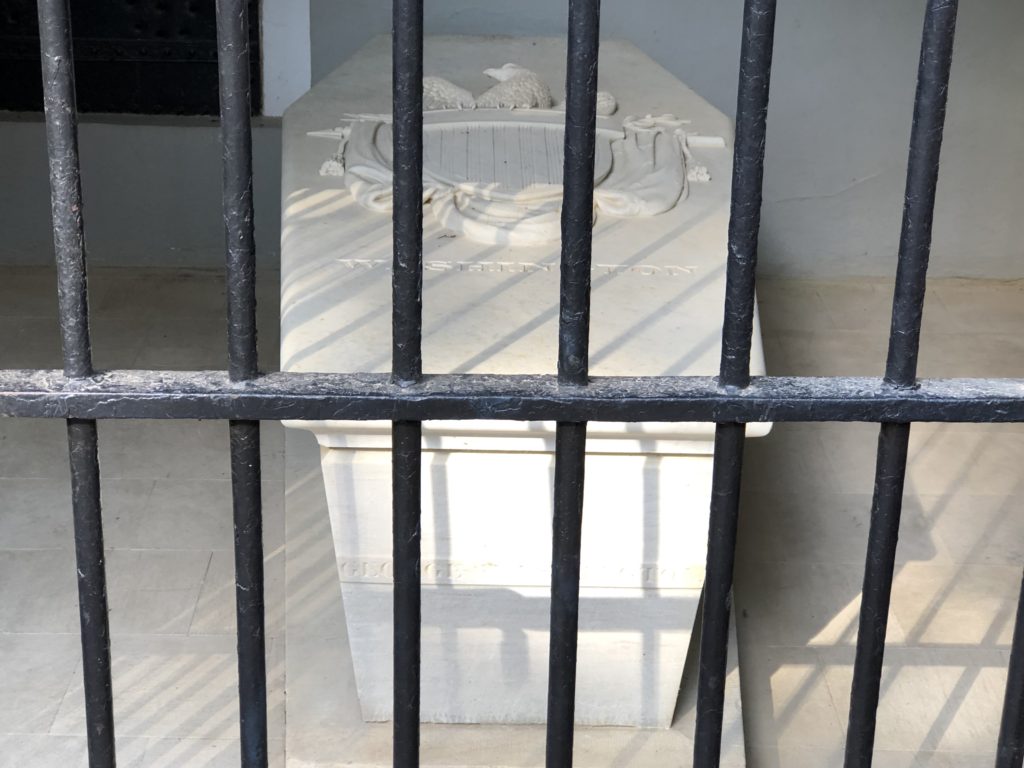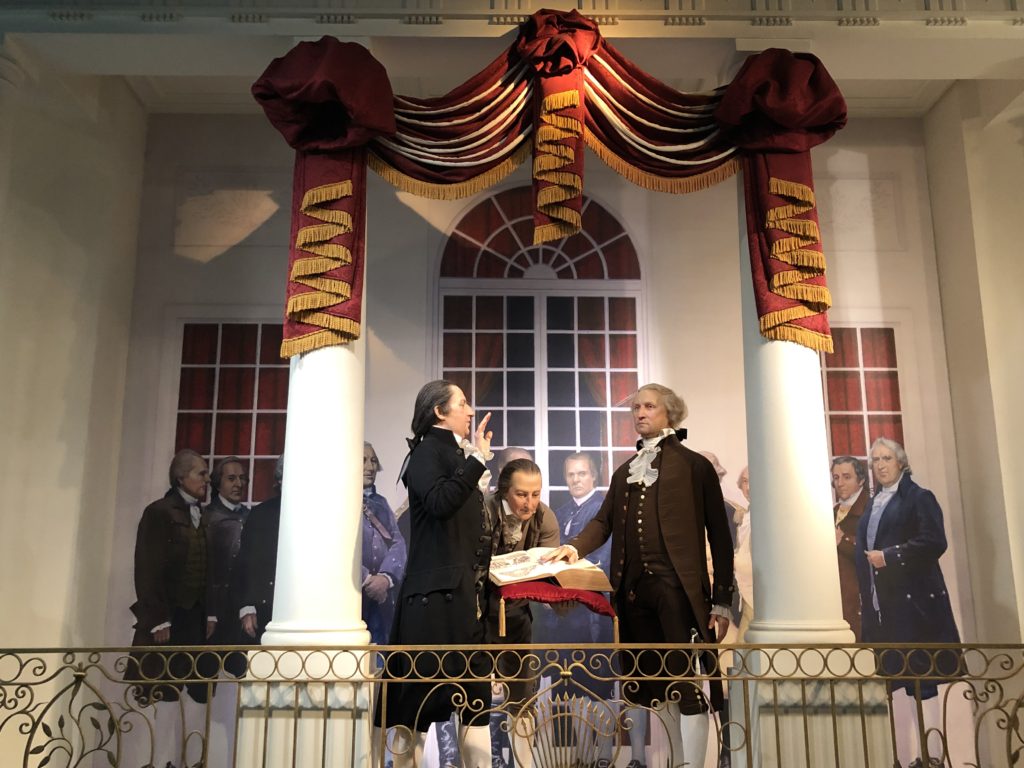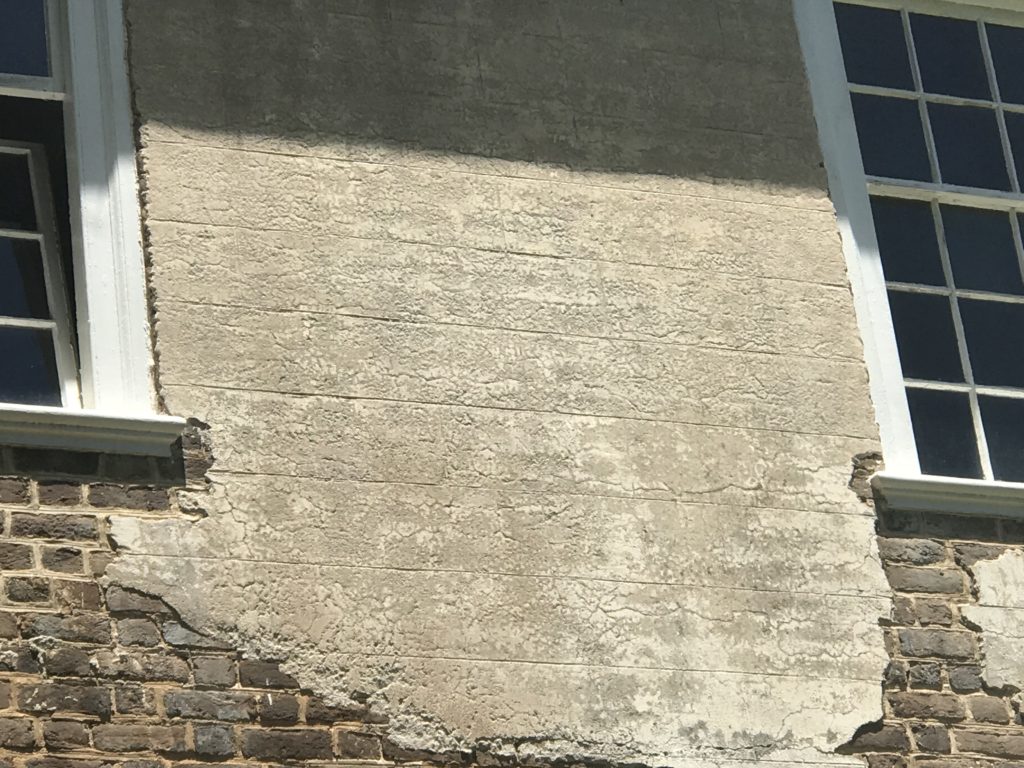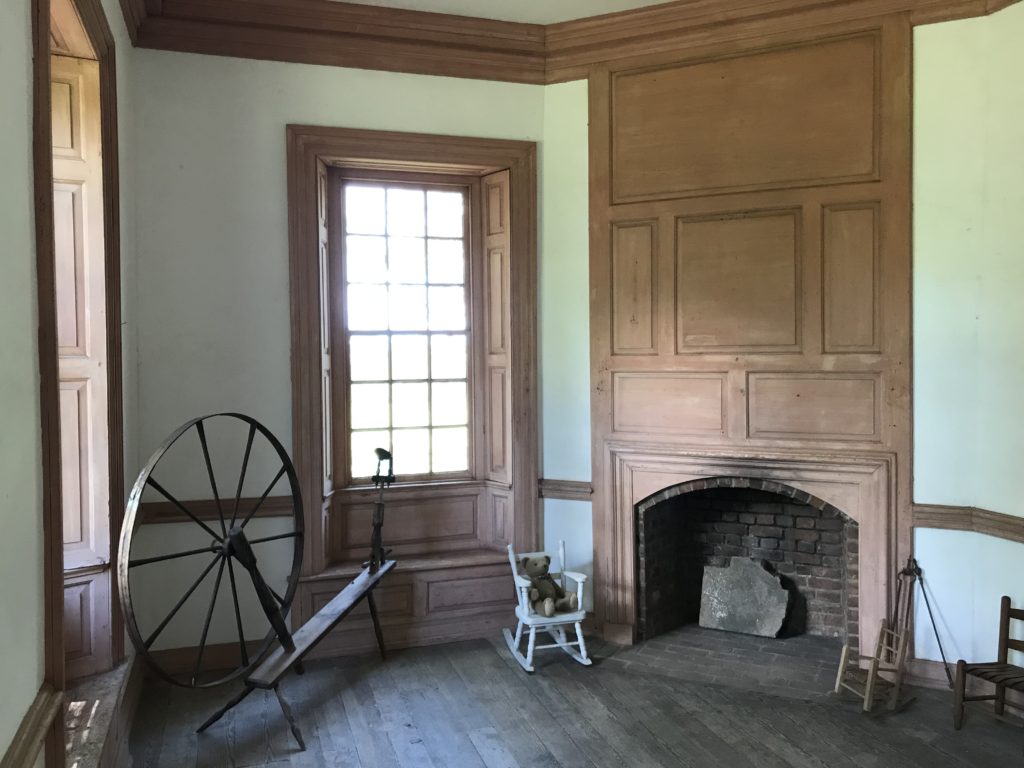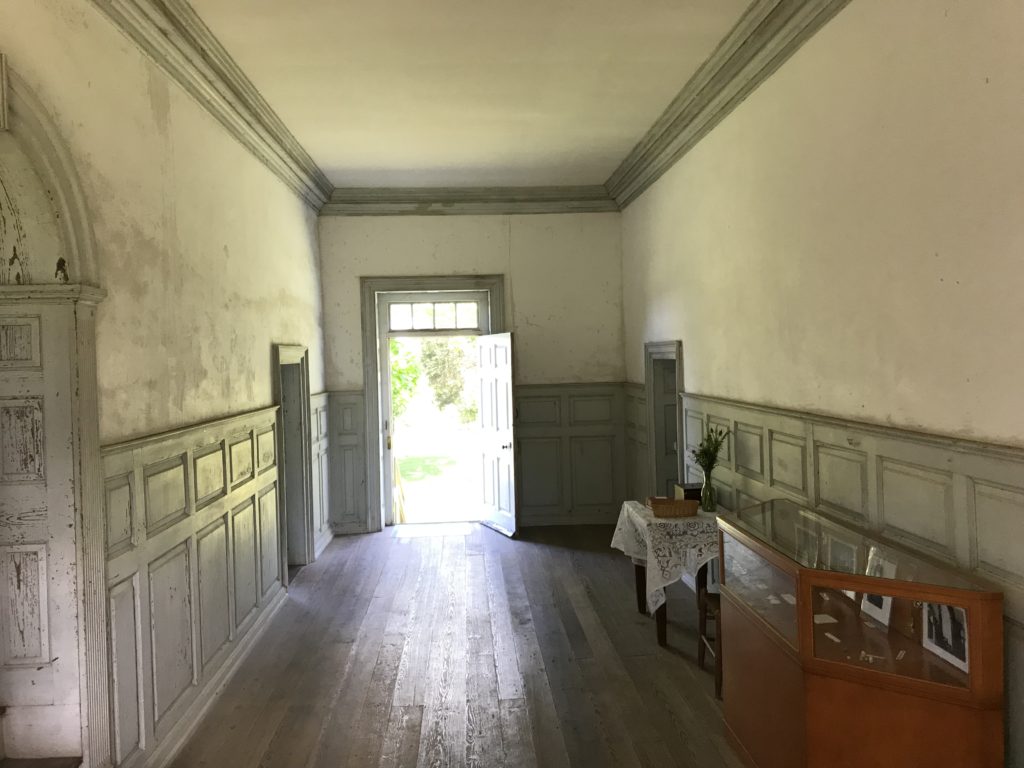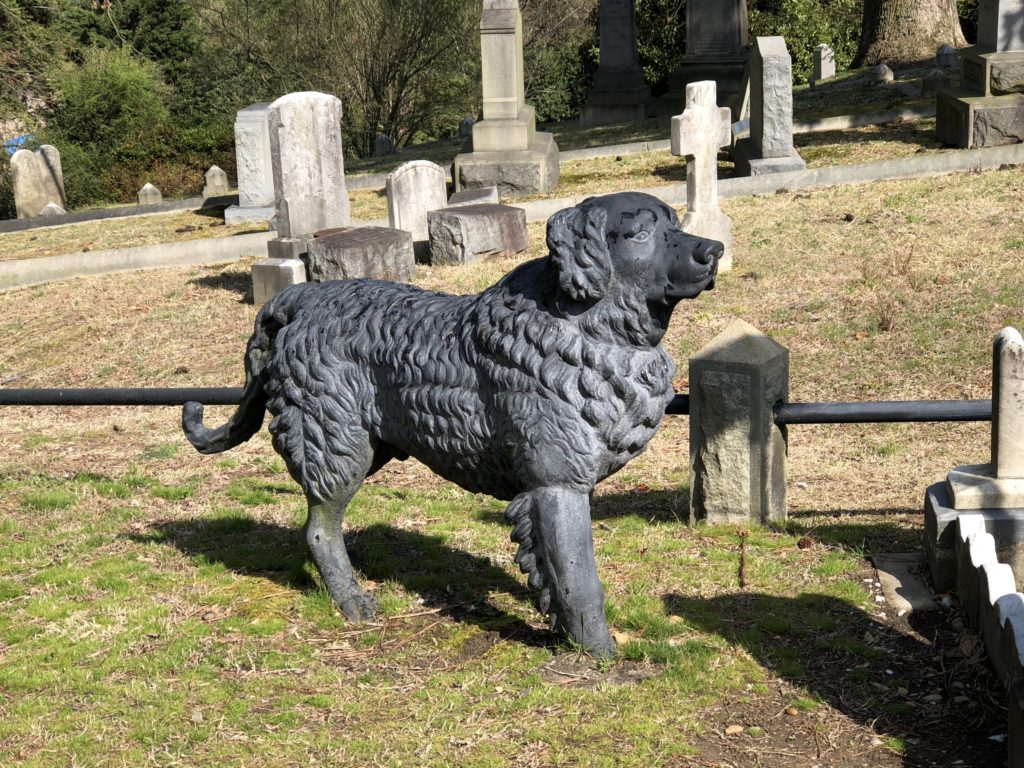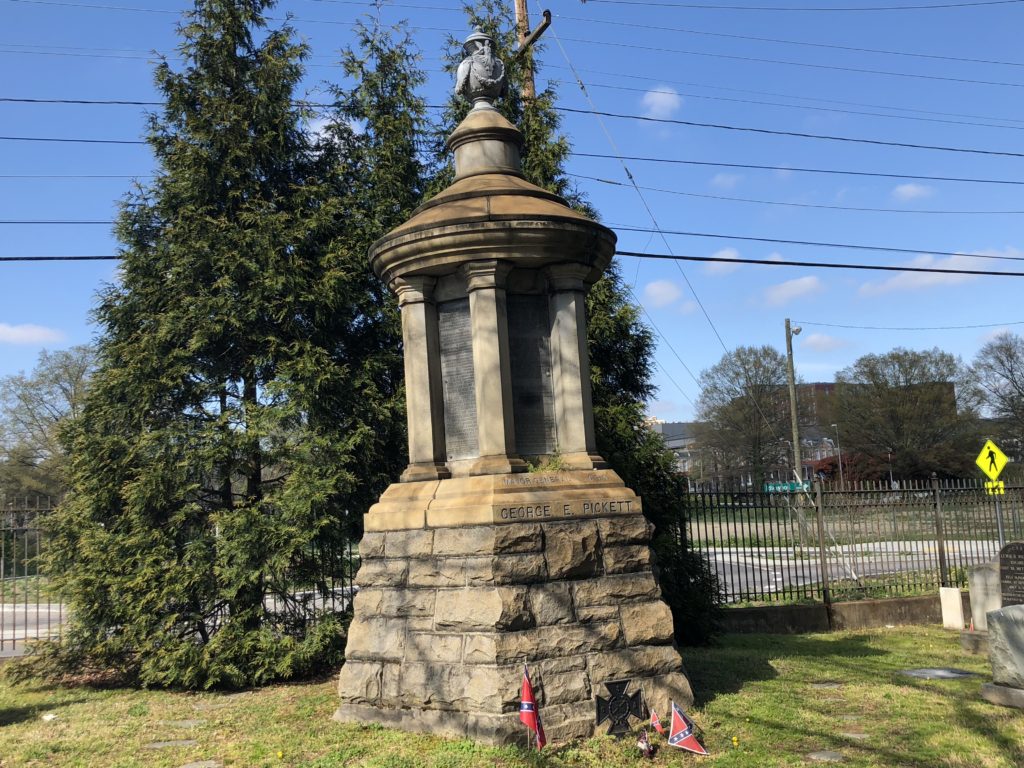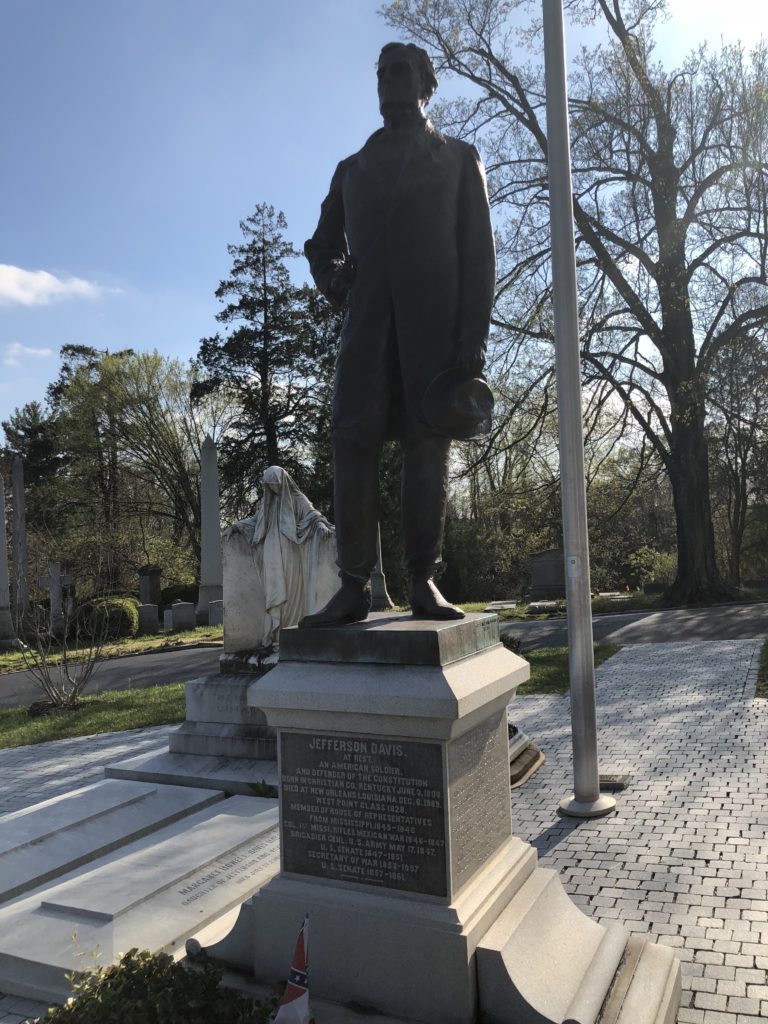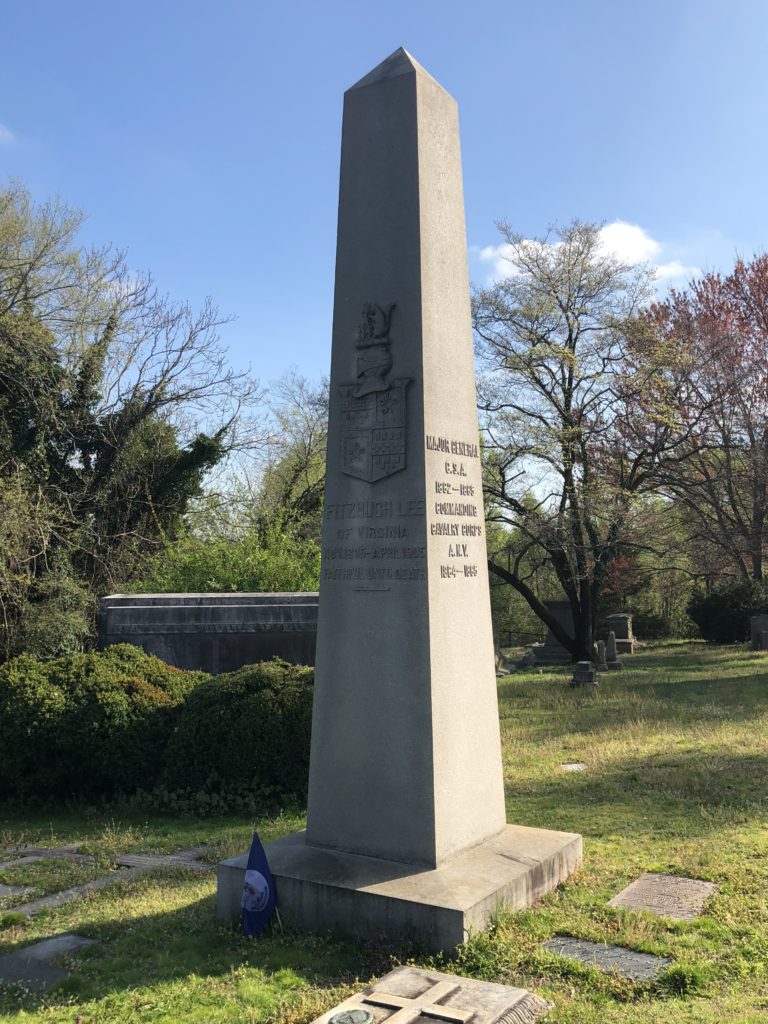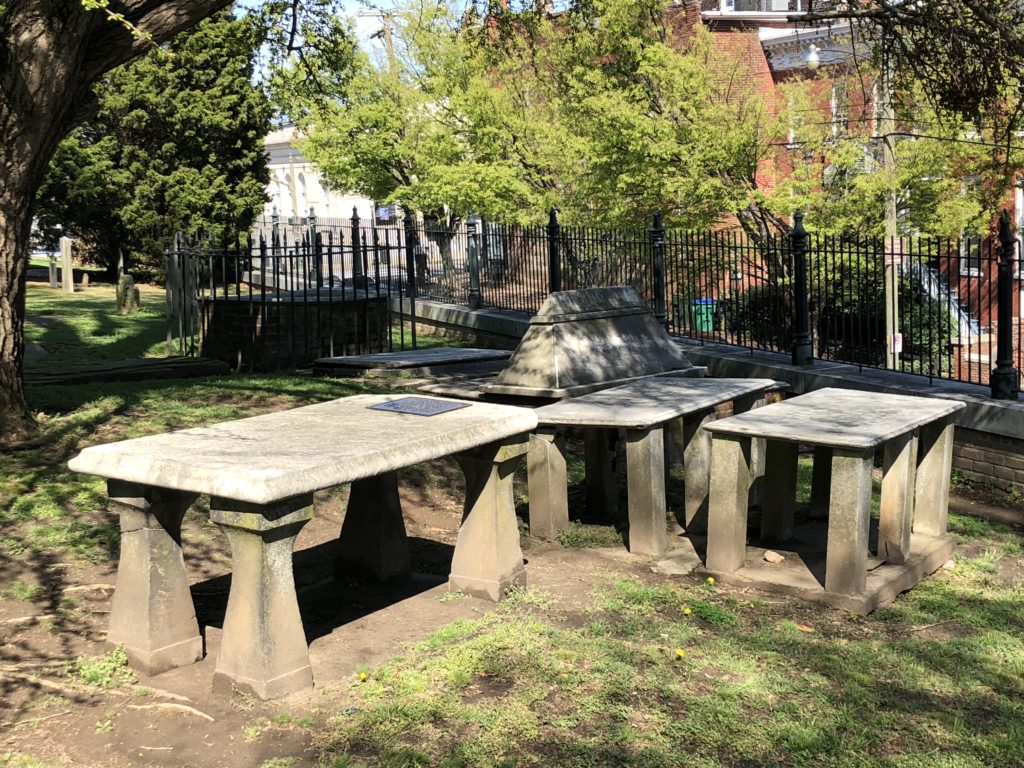So we took advantage of a beautiful Presidents’ Day holiday this year, and went to Orange County, home of one US President and birthplace of another.
MONTEBELLO

MONTPELIER

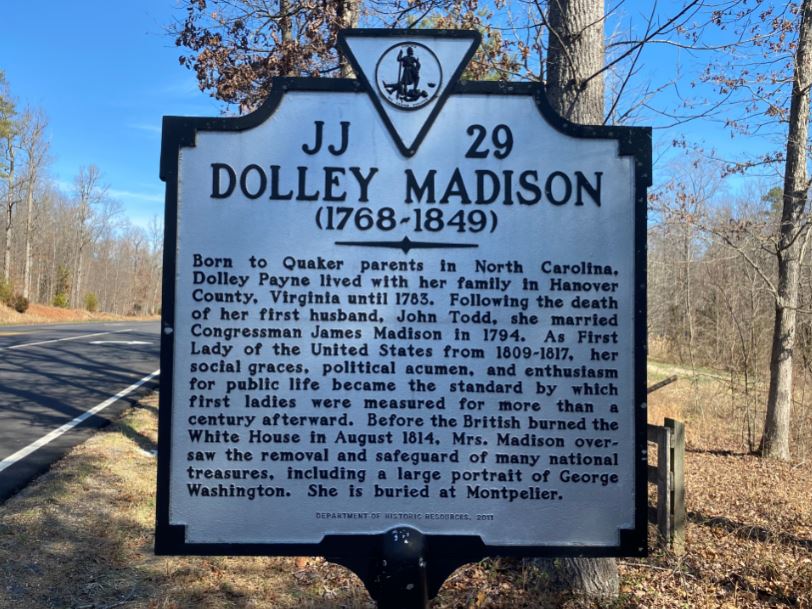











This is also the room that he died, June 28, 1836, six days short of July 4, the day that Presidents John Adams, Thomas Jefferson and James Monroe all died on. He was last signer of the Constitution to die.
One of his nieces asked him “What is the matter?”
His last words were “Nothing more than a change of mind, my dear.”


Actually, he carefully drafted a proposal to replace the failing Articles of Confederation. He took his proposal to the Constitutional Convention in Philadelphia in 1787, and as discussions progressed, became know as the Virginia Plan, which was mostly adopted with a few changes based on ideas from other states. Virginia was the tenth state to ratify the new constitution in 1788, and the current United States form of government was launched!


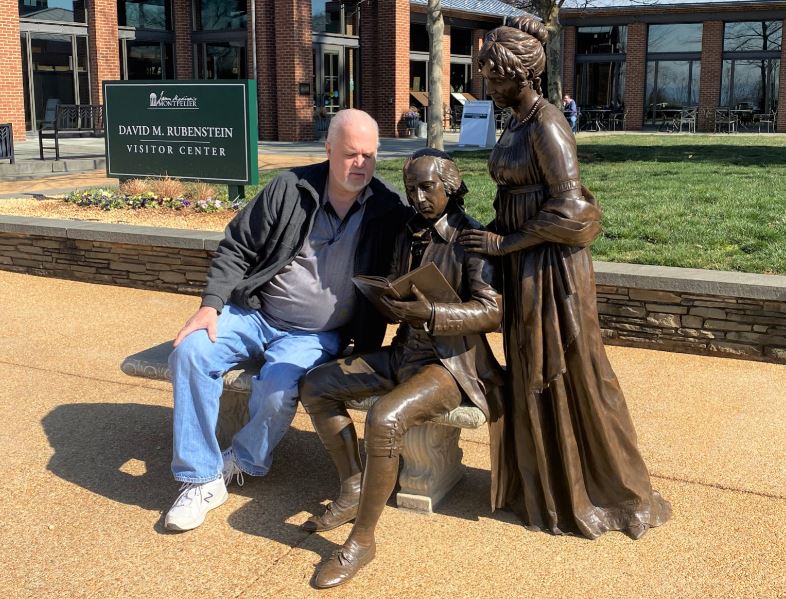



MONTPELIER STATION

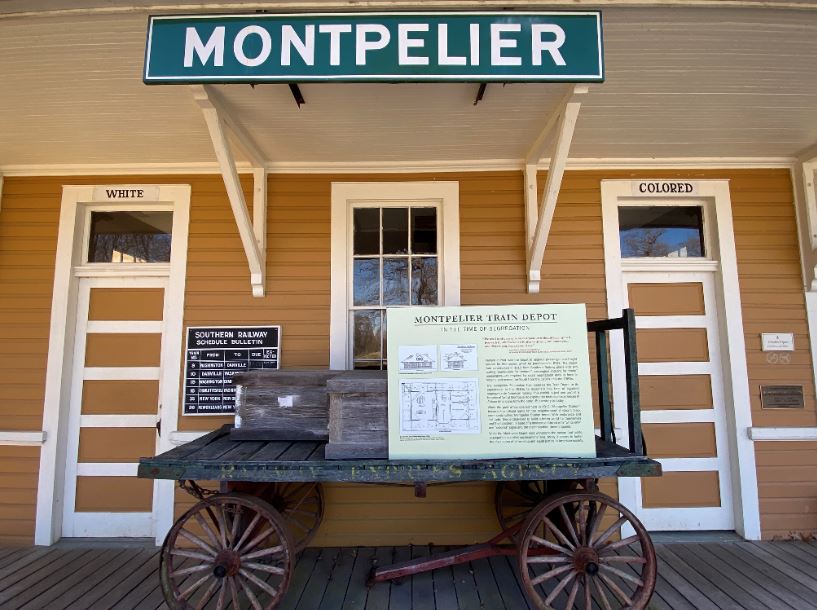


JAMES MADISON MUSEUM


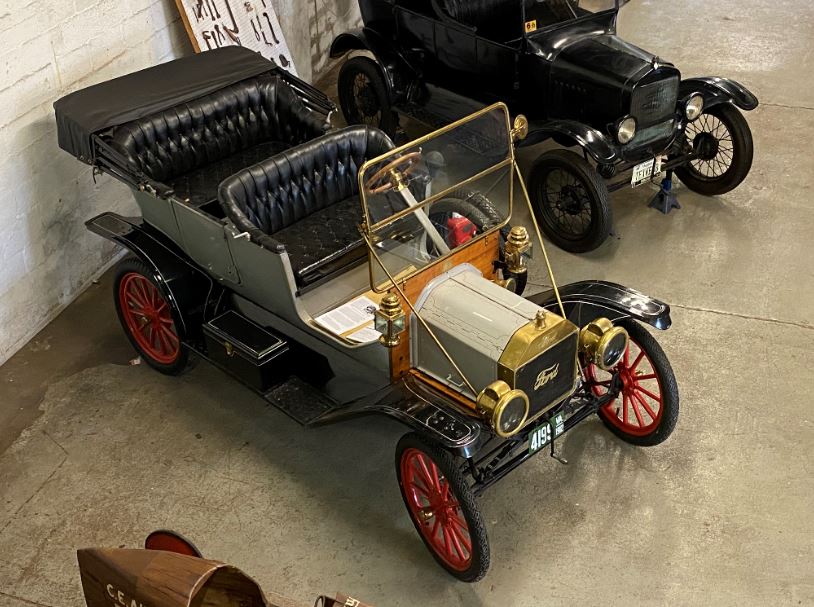



Bed, grandfather clock, general’s chest and chair.
Although born in Virginia, President Taylor grew up near Louisville, Kentucky.
He enlisted int he US Army in 1806 and eventually rose in the ranks to brigadier general. He fought in the War of 1812, Black Hawk War, second Seminole War, and finally the Mexican-American War, during which he emerged as a national hero for winning the Battle of Buena Vista even though outnumbered 4 to 1. As a national hero, he won the 1848 presidential nomination from the Whig Party, and then the presidency. He died in office in 1849, elevating Millard Fillmore to the presidency.

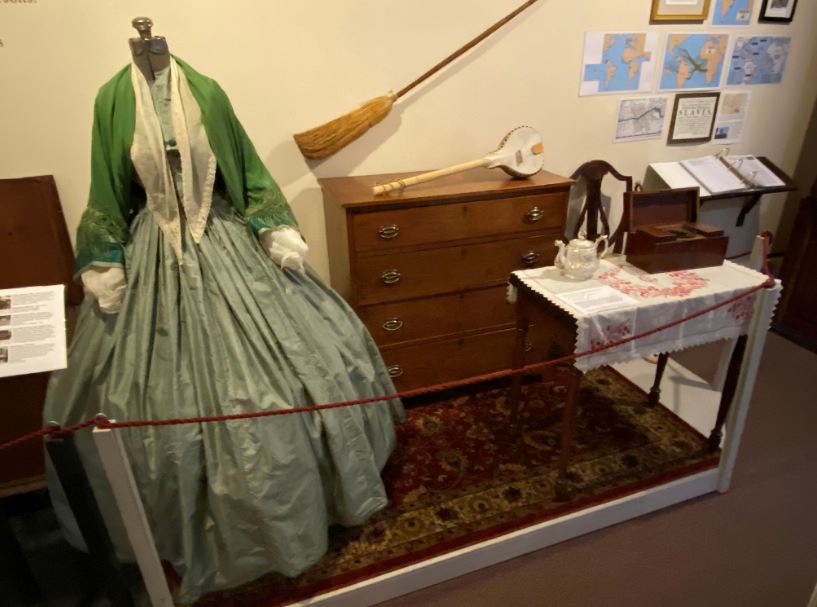
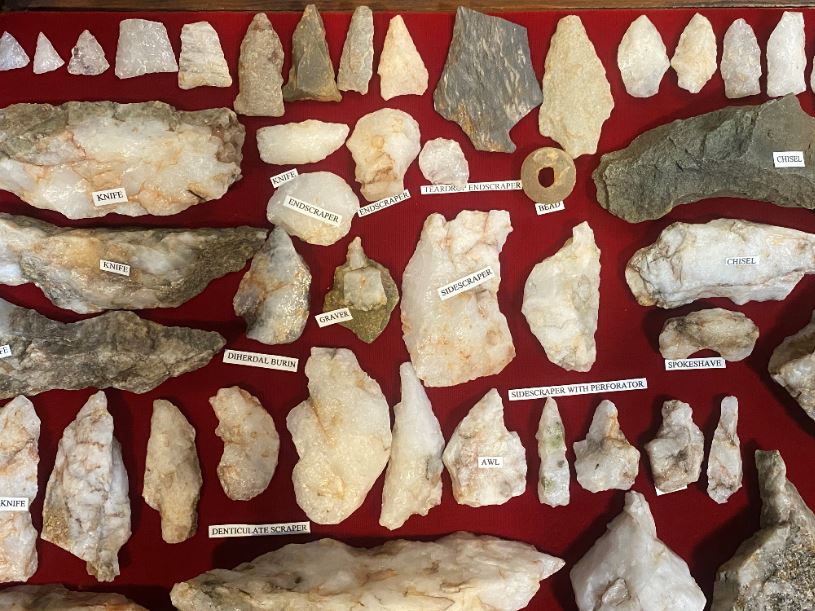

RAPIDAN VA
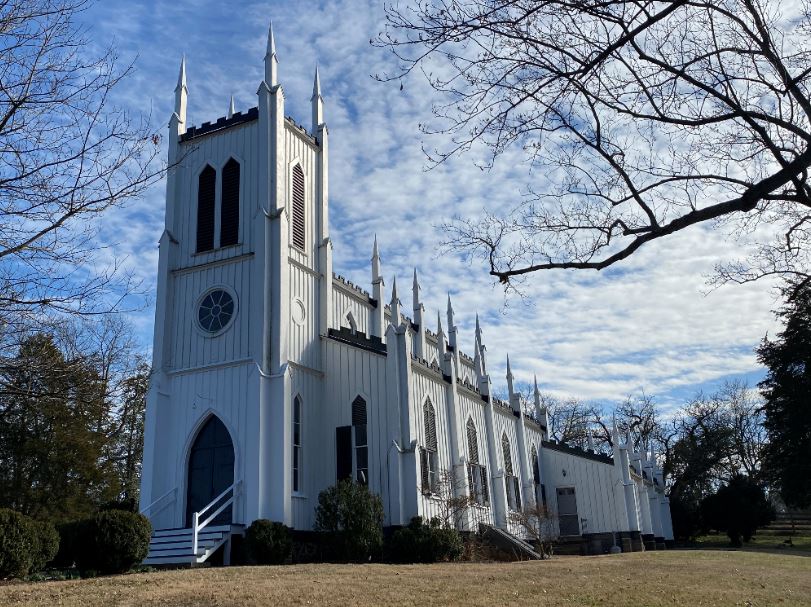
This is the Waddell Memorial Presbyterian Church, built in 1874 in the Carpenter Gothic style with board and batten siding.


MITCHELLS VA



CULPEPER VA
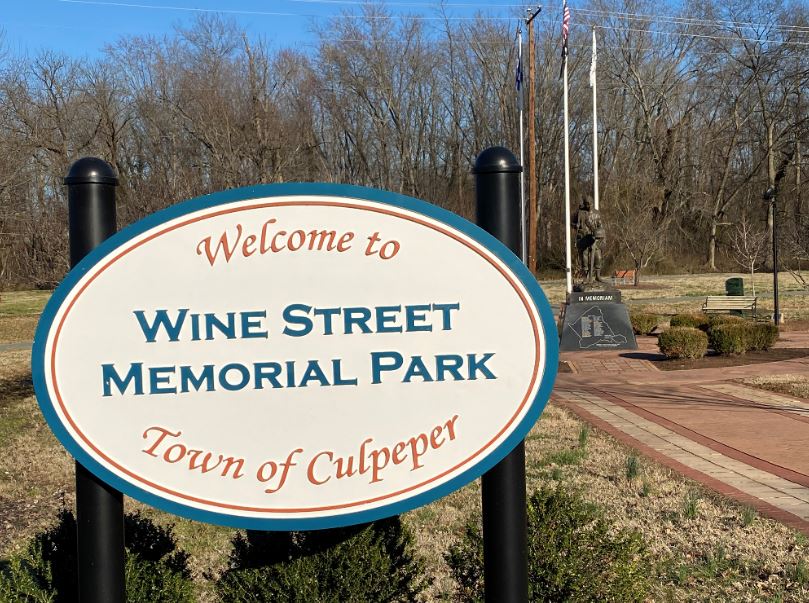



This battle on June 9, 1863, the largest cavalry battle of the entire Civil War, lasted for one day, as the Union forces slowed down (but did not stop) General Robert E. Lee’s progress toward Gettysburg, and the battle that would occur there on July 1-3.

They have the best fried chicken!

